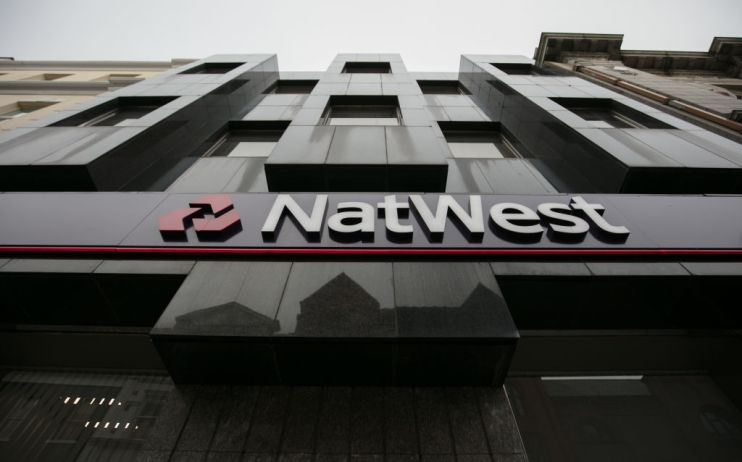NatWest imposes £1,000 daily limit on Crypto spending to protect people against ‘losing life changing sums’

NatWest imposed stricter restrictions on cryptocurrency transfers as it seeks to protect its customers after £329m was lost by UK consumers last year.
The bank is implementing a daily limit of £1,000 and a 30-day payment limit of £5,000 to cryptocurrency exchanges.
It is implementing the rules to “help protect customers losing life changing sums of money.”
Men over 35 are most at risk due to them being more willing to take on risky investments, NatWest said.
The cost-of-living crisis is also having an impact with promises of high returns used by criminals to entice investors.
Stuart Skinner, head of fraud protection at NatWest, said: “We have seen an increase in the number of scams using cryptocurrency exchanges and we are acting to protect our customers.
“You should always have sole control of your cryptocurrency wallet and nobody else should have access. If you didn’t set the wallet up yourself or can’t access the money then this is likely to be a scam,” he continued.
The restrictions develop rules put in place by NatWest in June 2021 which capped the daily amount customers could send to crypto exchanges over fears about scams. The cap varied depending on the platform.
Other banks have also recently put restrictions on crypto. Earlier this month, Nationwide said it would not allow payments to crypto exchanges using its credit cards and would impose a £5,000 daily limit on current account crypto spending.
In February, HSBC also introduced restrictions on the purchase of crypto currencies, with customers prevented from purchasing cryptocurrencies using an HSBC credit card.
Both banks cited concerns from the Financial Conduct Authority (FCA) about the risks that crypto poses to consumers.
The FCA has previously estimated that around 85 per cent of crypto firms failed to meet minimum regulatory requirements when applying for registration.
The UK government is imposing regulations on the crypto industry in an attempt to “embrace technological change” while protecting consumers from the risk.